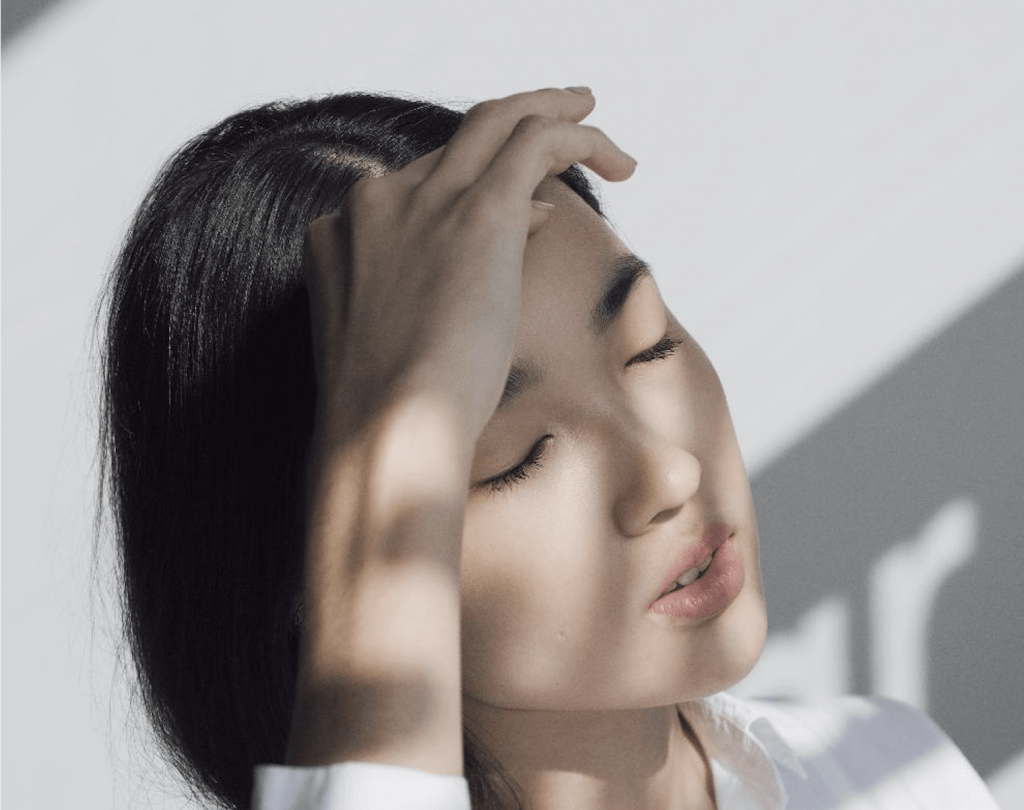Botox for chronic migraine
BOTOX® is licensed for the treatment of chronic migraine. You are considered to have chronic migraine if you have experienced 15 headaches per month over a three month period, of which at least eight days have migraine features, including; nausea, light or noise sensitivity, pulsating or lateralised pain and lasting hours or more in duration.
How does Botox work for migraine?
It is thought that Botulinum Toxin (Botox) gets into the small nerves that carry pain from the head to the brain, known as C-fibres. This reduces the amount of chemicals released from the nerve ending and therefore interrupts the feedback pathway that perpetuates migraine and headache.
How is Botox given for migraine?
BOTOX ® is given as a series of 31 to 39 tiny injections under the skin or into the muscles in and around the head, the forehead, above the ears, and into the neck and shoulders. The injections are repeated every 12 weeks until the patient no longer has chronic migraine, or until it is clear that treatment is not working.
How effective is Botox for migraine?
The goal is not to become completely free of headache or migraine, but to improve quality of life and to convert migraine from chronic to episodic. Studies show that 47% of patients had a 50% or greater reduction in the number of days with headache.
Response is usually seen after the first or second set of injections. One in four people respond well to the first or second set of injections, and half need more than two sets of injections to get a good response.
The biological effect of Botox on nerves takes several days or a few weeks to work. You should not expect chronic migraine to improve properly in less than 4 weeks. Some patients do not start to improve until after their second set of injections which is given 12 weeks after the first set of injections.
Around 1 in 4 patients do not respond to the injections at all and only 1 in 10 people respond to a third set of injections if the first two sets of injections fail.
Who can’t have Botox for migraine?
- Botox is only for chronic migraine, not any other sort of migraine.
- People who are pregnant or breastfeeding are unable to have Botox.
- If you have other neurological disease, for example Bell’s palsy, a neuropathy, or Myasthenia Gravis, the risks of Botox are increased.
- If you have recently (within the last 3 months) had cosmetic Botox then the side effects could be increased.
Tell your Practitioner if you:
- You are affected by injections (eg. fainting) in the past.
- Experienced problems with previous Botox injections.
- Have inflammation, weakness or wasting of the muscles/skin where your doctor plans to inject.
- Have had problems with swallowing or if food/liquid has accidentally gone into your lungs, especially if you will be treated for persistent muscle spasms in the neck and shoulders.
- Suffer from any other muscle problems or chronic diseases affecting your muscles.
- Suffer from certain diseases affecting your nervous system.
- Have an eye disease called closed-angle glaucoma or were told you were at risk of developing this type of glaucoma.
- Have had any surgery that may have changed the muscle that is being injected.
- Are due to have an operation soon.
- Are taking any blood thinning medicine.
What are the side effects from using Botox for migraine?
- The injections are slightly prickly or stingy and take about five minutes to complete.
- It is possible, though rare, to have an acute allergic response so you should stay in the clinic for several minutes after the first set of injections.
Less than 1 in 10 patients experience each of the following side effects:
- Worsening migraine. This can begin within a day or two of the injections, usually lasts a small number of days. It can be treated with your usual pain killers.
- Rash, itching
- As with all injections; pain, bruising, bleeding or infection where the injection was given are a possibility.
- Drooping of eyebrows or eye lids. This begins after a couple or a few weeks and can last for a small number of weeks.
- Muscle weakness, pain, cramp, stiffness or tightness.
- Weakness and pain in the neck. This begins after a couple or a few weeks and can last for a small number of weeks. It can be treated with regular anti-inflammatory tablets.
Less than 1 in 100 may experience:
- Difficulty in swallowing
- Skin pain
- Jaw pain
- Swollen eyelid
How can you get Botox treatment for chronic migraine?
You do not need a GP referral, you can self-refer to see an Aesthetic Practitioner. The Practitioner must have had advanced training to treat migraines. If you book in for a consultation your Practitioner will discuss your medical history to assess if this is an appropriate treatment for you.
How much does Botox for migraine cost?
A full Allergan Botox treatment as licensed and recommended by NICE involves injecting 155 units over 31 sites and costs £550 per set of injections. This treatment is performed by Aesthetic Nurse Moira Grobiki.
Can migraine be treated with regular Aesthetic Botox?
It is now recognised that patients can achieve migraine and headache improvement from treating the frown and the forehead using Aesthetic Botox. This involves less injections and less units of Botox and is therefore a lower price; however it may not be as affective and it is not a licensed treatment for migraine.
Prices for Aesthetic Botox with our practitioners can be found here.

